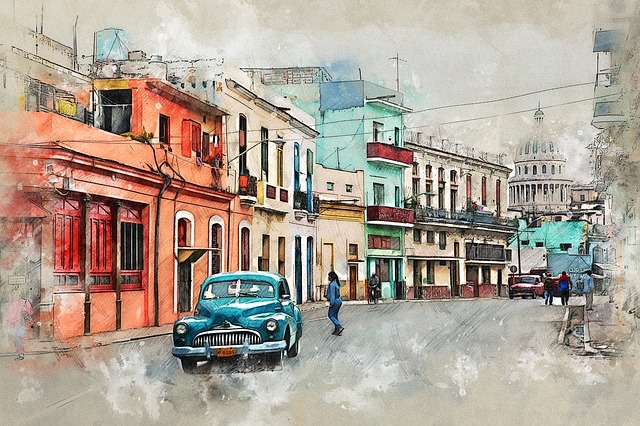
Can you keep track of the number of times a person said to you this statement, ” if you are able to eat all the corrects, you will be able to see clearly in the dark”. Surprisingly, a lot of people believe in such a saying. If this is true, then sailors, pilot, and soldiers will not go anywhere without putting a carrot in their pockets or bags.
Thanks to the advancement of technology, the more beneficial items are best night vision scope under 1000 or night vision goggles. These items are electronic products that improve one’s weak night vision several times better. If are to fight wars at night, go hunting, or just watch the wildlife, night vision goggles are your much-needed item. But the question is, how do these goggles work? How do they manage to transform darkness into light? Keep on reading to know more about this.
How do night vision goggles work?
In theory
- The dim light coming from a dark scene passes through the lens located at the front. The light is created from photons (particles of light) of various colors
- As the photons make its way through the goggles, they pound a light-sensitive area known as a photocathode. It’s somehow like a very accurate solar panel: its duty is to transform photons into electrons (the small, subatomic debris that stores electricity surrounding the circuit).
- The electrons are loudened using a photomultiplier, a type of photoelectric cell. Every electron making their way through the photomultiplier ensues in several more electrons getting rid of it.
- The electrons leaving the surface strike a phosphor screen, which is the same as the screen in traditional television. As the electrons strike the phosphor, they generate small flares of light.
- Because there are several more photons than the previously entered the goggles, the screen makes a much clearer version of the old scene.
Why does everything look green when using night vision goggles?
Even at night, the photons that strike the lens at the front of night vision products are bringing the light of all kinds of color. But when they are transformed to electrons, it is impossible to preserve those details.




